May 24, 2025 | 16:22 GMT +7
May 24, 2025 | 16:22 GMT +7
Hotline: 0913.378.918
May 24, 2025 | 16:22 GMT +7
Hotline: 0913.378.918
Dr. Vu Tien Loc, Member of the Economic Committee of the National Assembly, President of VCCI, and Chairman of Vietnam - Korea Friendship Association, expressed his wish that the two countries pay more attention to small and medium enterprises. This happens on the 30th anniversary of diplomatic relations between Vietnam and Korea (December 22, 1992 - December 22, 2022).
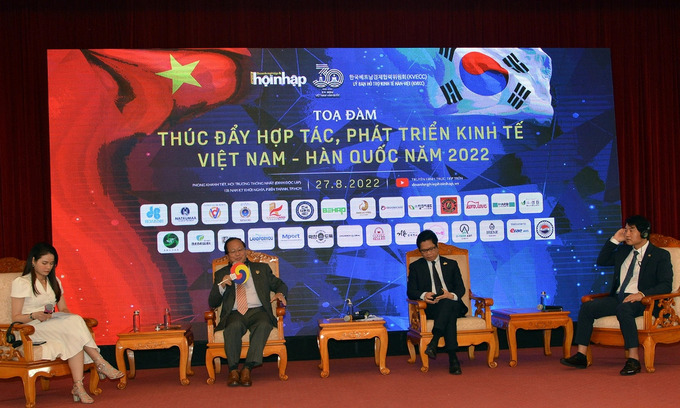
The seminar "Promoting economic cooperation and development between Vietnam and Korea" took place on August 27.
"Small and medium-sized businesses are critical to the success of Vietnam-Korea cooperation in the coming time. If FDI in Vietnam does not connect to the local small and medium business community, Korean enterprises cannot take root in the Vietnamese market. Sustainable cooperation will be difficult to form," Mr. Loc said.
According to Decree 80/2021/ND-CP issued on August 26, 2021, small businesses in the fields of agriculture, forestry, fisheries, industry, and construction are employers with an average annual social insurance contribution of no more than 100 people. Their total revenue of the year is no more than VND50 billion, or the total capital of the year is not more than VND20 billion.
The corresponding figure for medium enterprises is no more than 200 people. Their total annual revenue is no more than VND200 billion, and their total capital is no more than VND100 billion.
In commerce and services, small businesses are employers with an average annual social insurance contribution of no more than 50 people. Their total revenue of the year is no more than VND100 billion, or the total capital of the year is not more than VND50 billion.
The corresponding figure for medium enterprises is no more than 100 people. Their total revenue for the year is no more than VND300 billion, or their total capital is not more than VND100 billion.
With these regulations, Dr. Vu Tien Loc believes that domestic small and medium businesses are fully capable of connecting with Korean FDI and becoming suppliers in the global supply chain of leading Korean brands.
"Small and medium-sized businesses are the backbone of economic development in every country in the world. Vietnamese businesses are no exception," Mr. Loc emphasized.

Small and medium businesses are considered the core of Vietnam - Korea cooperation in the coming time.
Korea is currently the largest investor in Vietnam, the second largest ODA, tourism, and labor partner, and the third largest trading partner (after the US and China). Bilateral trade turnover reached $78.1 billion in 2021. Trade turnover is expected to increase to $100 billion by 2023.
On the other hand, Vietnam is the focus of South Korea's southward policy in the ASEAN region. The two countries' trade turnover accounts for more than 40% of the total trade turnover between Korea and ASEAN countries.
Korea and Vietnam have many similarities in history, culture, customs, and practices. Through the support of Korea - Vietnam Economic Contribution Committee (KVECC), businesses of the two countries have had many opportunities to exchange experiences.
In the coming time, the Korean side promises to give more support to Vietnamese start-ups, especially in cosmetics and garments. The Korea Import-Export Association can provide experience and transfer techniques and technology to the Vietnamese side.
"In Korea, labor costs are very expensive. That's also one of the reasons we choose Vietnam as an investment destination," said Mr. Kwon Jae Heang, Chairman of KVECC.
Vietnam has received special attention from South Korea thanks to its low labor cost for many years. However, Ha Ton Vinh Ph.D., Senior Consultant in Asia of the World Bank, noted to domestic businesses that this cannot be a strength forever.
"At some point, foreign businesses like Korea will find that Vietnamese laborers are no longer cheap, and their skills will be hard to improve. This does not exclude the possibility that they will look elsewhere such as Bangladesh, Laos ... ", Mr. Vinh expressed.
Translated by Hoang Duy
/2025/05/22/5250-1-184853_288.jpg)
(VAN) According to a representative from the Central Retail Vietnam, Vietnamese products such as seafood, sweet potatoes, dragon fruit, coffee, and spices hold great potential in the Thai market.

(VAN) A multi-channel, multi-directional strategy only works when the agricultural value chain meets global transparency and SPS standards.
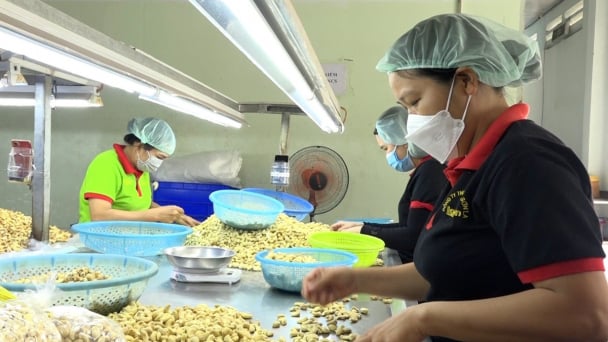
(VAN) Market expansion is a matter of survival for Vietnamese businesses amid fierce competition and global supply chain fluctuations.
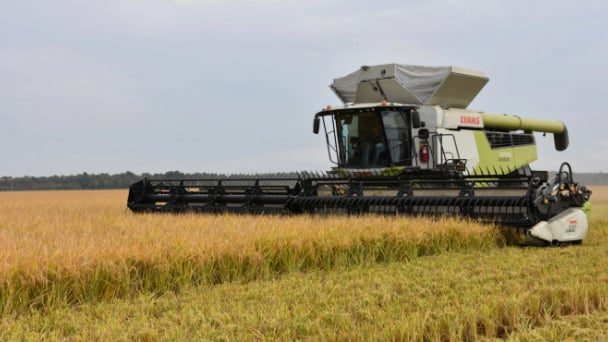
(VAN) Global market prospects for U.S. long-grain rice for the upcoming marketing year.
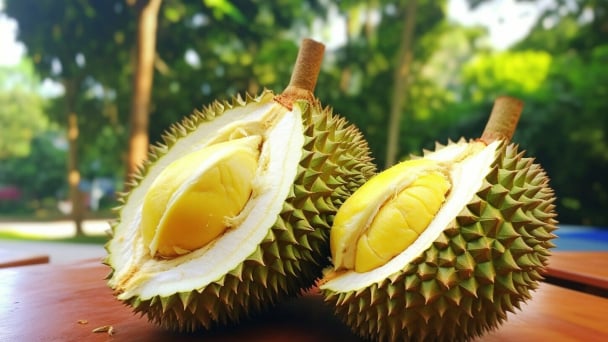
(VAN) China’s General Administration of Customs started permitting fresh durian shipments from Cambodia after a phytosanitary protocol was signed with the Cambodian Ministry of Agriculture in late April.
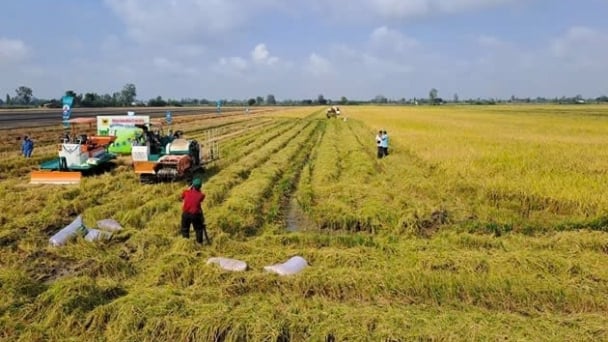
(VAN) To operate carbon market, one of the key issues is determining which types of 'commodities' meet the standards to be traded on the market.
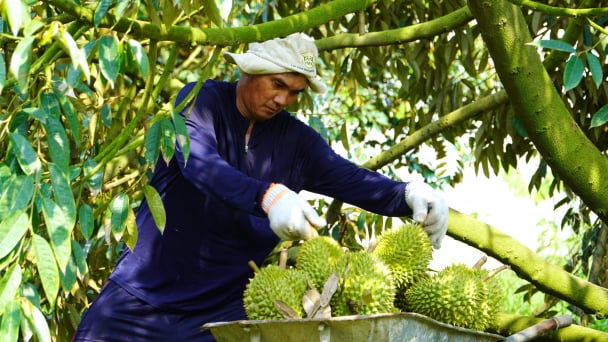
(VAN) Durian-producing localities need to coordinate more effectively with central authorities to improve the traceability, monitoring, and response systems in case of violations.